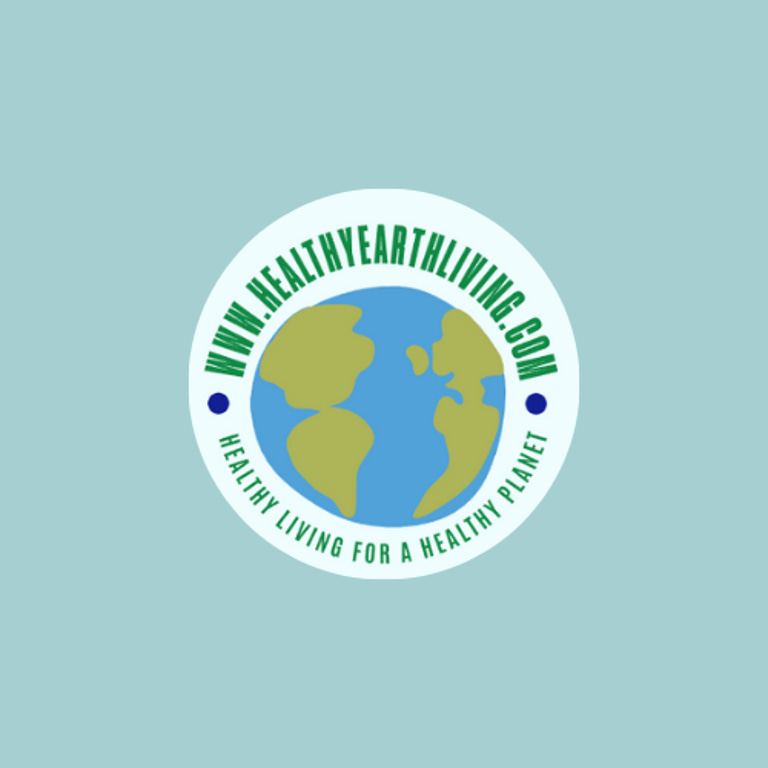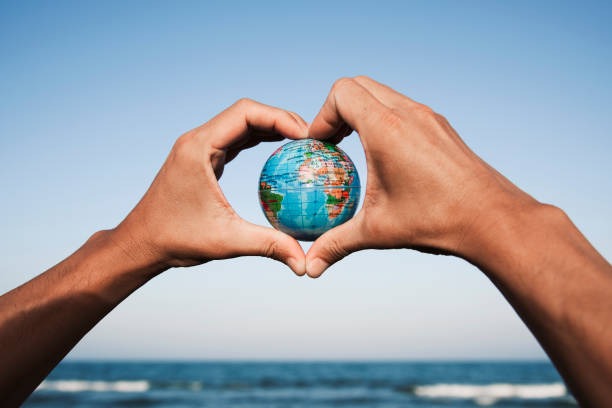The 7-Day Waste-Free Challenge
Janelle Salo RN
4/26/20259 min read
Key Points:
Waste-free living isn’t about perfection; it’s about making mindful, manageable changes that add up over time.
Simple swaps like reusable bags, composting, and conscious shopping can dramatically reduce your daily waste.
Taking on a short challenge makes sustainable habits feel fun, empowering, and easier to stick with long-term.
Why Waste Less?
Did you know the average person throws away over 4 pounds of trash every single day? That adds up to more than a ton of garbage every year, just from one person! I didn’t think much about it until I did one of many reef cleanups while SCUBA diving a few years back. That moment hit me hard. Our trash doesn’t just disappear; it ends up in oceans, landfills, and sometimes even in the food we eat: plastic, metal, and even glass.
Living with less waste matters more than ever. Climate change is worsening, landfills are overflowing, and tiny pieces of plastic, called microplastics, are now found in our air, water, and even our bodies. The good news? We can all do something about it. Even small changes in how we shop, eat, and throw things away can make a big impact when we do them together.
That’s where the Waste-Free Challenge comes in. It’s not about being perfect or fitting all your trash into a mason jar, seriously, no pressure! It’s about progress, trying one new thing each day that helps you use less, waste less, and think a little more about the stuff we throw away. Anyone can join in, and every effort counts.
By taking part, you’ll not only help the planet, but you’ll also feel more connected to what really matters. You might even save money, discover new habits you love, or inspire someone else to join you. Ready to give it a try? Let’s do this together, one simple step at a time.
What Is a Waste-Free Lifestyle?
Waste-free or low-waste living just means being more intentional about what we use and throw away. It’s about finding ways to reduce trash, especially single-use items and choosing things that can be reused, recycled, or composted. You don’t have to change everything overnight. Even bringing your own water bottle or saying no to plastic bags is part of living low-waste.
Let’s bust a myth right now: you do not have to make your own toothpaste or fit a year’s worth of trash into a tiny jar to be “zero waste.” That kind of extreme version gets a lot of attention online, but it’s unrealistic for most people. Real low-waste living is flexible, personal, and based on what works for you.
The most important thing? Progress over perfection. Every little change you make adds up, and it’s okay if you’re not doing everything “right.” This isn’t about guilt; it’s about growth. Try one thing, then another. Keep what works, and let go of what doesn’t. That’s how real, lasting change happens.
The Challenge: 7 Days to Less Waste
Day 1: Audit Your Trash
Take a day to really notice what you’re tossing in the trash. It might surprise you. Whether it’s empty snack wrappers, takeout containers, paper towels, or plastic packaging, we throw away a lot without thinking twice. Grab a notebook or use your phone to jot down everything you toss in 24 hours. It’s not about judgment; it’s just a way to see where your waste is coming from so you know where to start.
Once you’ve tracked your trash, look for patterns. Are you throwing away a lot of plastic water bottles? Is there a mountain of food packaging or fast-food wrappers? These are your “repeat offenders,” the items that show up over and over.
My biggest waste culprit was plastic grocery bags. My fix? Purchasing reusable grocery bags! I keep four of them in my car at all times, ready to grab when I go food shopping and eliminating the need for using plastic bags that almost always end up in the ocean.
Identifying your “repeat offenders”, helps you figure out what swaps or changes would make the most significant difference. Instead of trying to change everything, you can focus on the few habits that have the biggest impact.
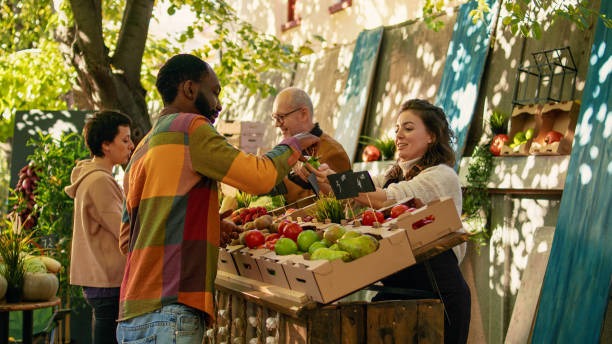

Day 2: Ditch Single-Use Items
Some of the easiest ways to cut down on waste are simple swaps you can start today. Instead of buying plastic water bottles, carry a reusable one. I never leave home without my reusable metal water bottle!
Swap plastic bags for cloth totes, and use a stainless-steel or silicone straw instead of the throwaway kind or ditch them altogether! If you’re a coffee or tea lover, bring your own mug or tumbler; most coffee shops will fill it up for you and some even give a discount! These changes might seem small, but over time, they keep a lot of trash out of landfills and oceans.
To make it even easier, try building a little “zero-waste kit” you can take on the go. Toss in your reusable water bottle, a travel mug, a set of utensils, a cloth napkin, and a foldable bag. Keep it in your backpack, car, or locker so you always have it when you need it. Having your tools ready makes it way more convenient to say no to single-use stuff and once it becomes a habit, it’s second nature!
Day 3: Shop Smarter
Shopping in bulk and hitting up local farmers' markets are fantastic ways to cut back on packaging waste. Many bulk stores let you bring your own containers or reusable produce bags, so you can skip the plastic altogether. You can stock up on things like rice, pasta, nuts, or even snacks without all the extra wrappers. Farmers markets are great too. Produce is usually fresher, often grown locally, and sold without all the plastic trays and wraps you'd find at the grocery store.
When you can, try to "say no" to plastic packaging, that might mean picking the loose apples instead of the ones shrink-wrapped on a foam tray, or choosing pasta in a cardboard box instead of one wrapped in plastic. It's not always possible to avoid packaging completely, and that's okay! Being more aware and making small shifts when you have a choice makes a difference. Little by little, it all adds up.
Day 4: Compost, Baby, Compost
Composting might sound complicated, but it’s actually pretty simple and yes, even apartment dwellers can do it! At its core, composting is just giving your food scraps a chance to break down naturally instead of sending them to a landfill. You can use a countertop compost bin or even a small worm bin (called vermicomposting) if you don’t have outdoor space. Some cities also offer food scrap drop-off sites or curbside pickup. All you really need is a spot to collect things like fruit peels, veggie scraps, coffee grounds, and eggshells.
Why does food waste matter so much? Because when food ends up in a landfill, it doesn’t break down the way it’s supposed to. It rots and releases methane, a super powerful greenhouse gas. Plus, wasting food means wasting all the water, energy, and labor it took to grow, transport, and package it. By composting what you can and being more mindful of what you toss, you’re helping fight climate change and giving nutrients back to the earth instead of just taking from it.
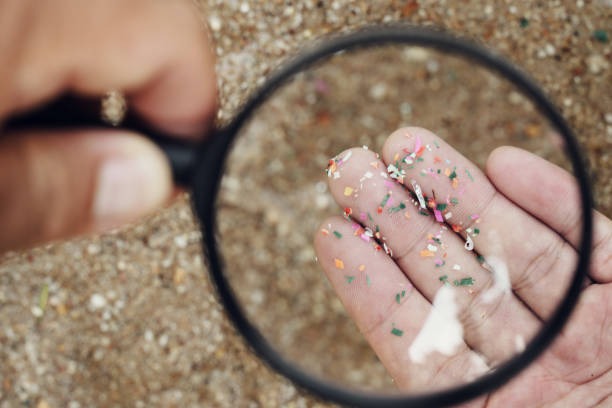

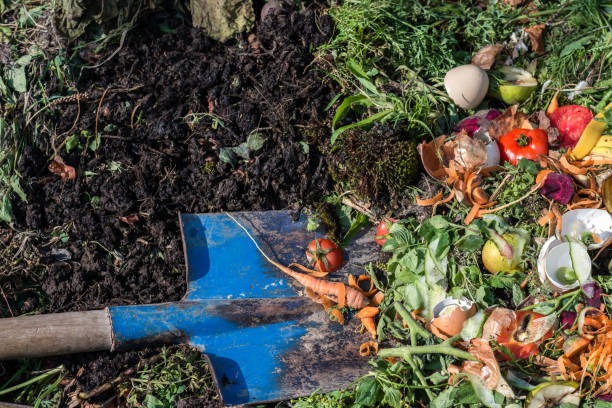

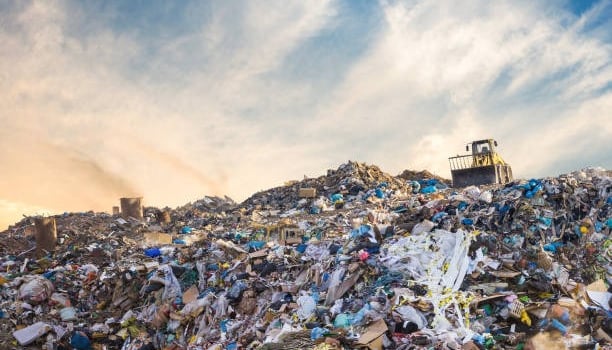

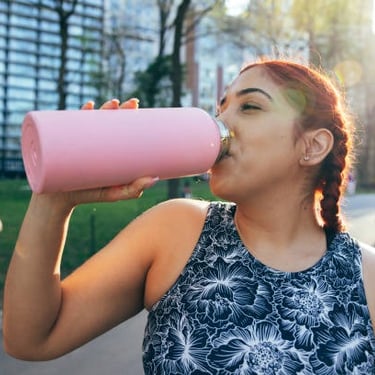
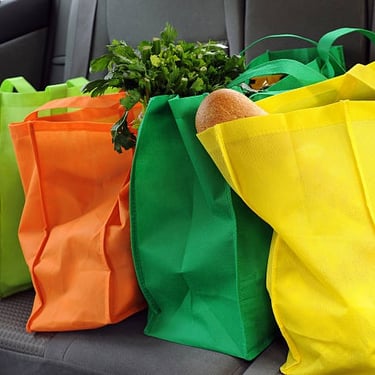

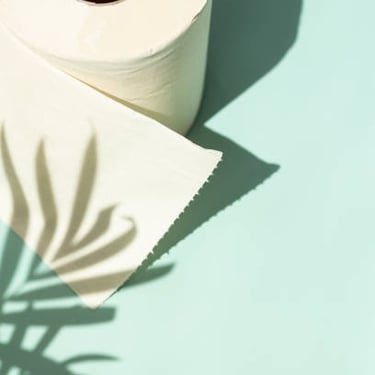
Day 5: Rethink Your Bathroom
Instead of regular toilet paper wrapped in plastic, look for brands that use recycled paper and come in paper packaging or buy bamboo toilet paper instead. You can also switch to a bamboo toothbrush; it's biodegradable and works just as well as plastic ones. Shampoo and conditioner bars are another great option. They last a long time and come without plastic bottles. Also, swap the shower gel for good old-fashioned bar soap. These little changes are easy to make and help cut down on waste in a spot most people overlook.
It’s also smart to pay attention to what’s inside your products and how they’re packaged. A lot of bathroom items are full of synthetic ingredients that aren’t great for your skin or the planet. Look for products made with natural ingredients and minimal packaging. Bonus points if the packaging is recyclable, refillable, or compostable. The goal isn’t to toss everything you own and start fresh, but to make better choices when it’s time to replace something.
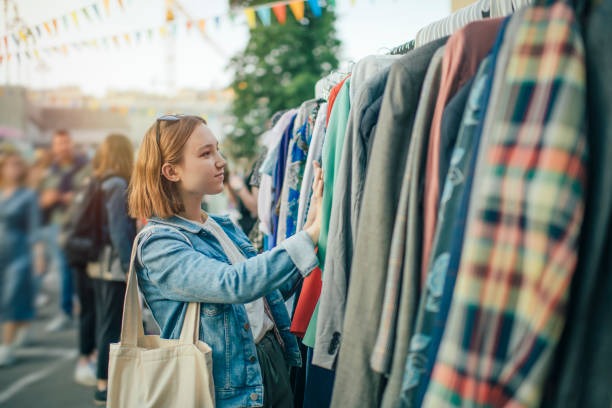

Day 6: Closet Check
Fast fashion might look trendy and affordable, but it comes at a big cost to people and the planet. Most of those cheap clothes are made in factories with poor working conditions and are designed to fall apart quickly. The fashion industry is one of the biggest polluters in the world, using tons of water, energy, and chemicals while creating huge amounts of waste. And when we toss clothes in the trash, they often end up in landfills or are shipped to other countries where they create even more problems.
So how can you do fashion differently? Start by buying less and choosing pieces you really love and plan to wear for a long time. Look for better quality, natural fabrics, and classic styles that won’t go out of fashion in a week. If something rips, try mending it instead of tossing it. And don’t forget about thrifting! Secondhand shops are full of great finds that are good for your wallet and the planet. Sustainable style is all about making thoughtful choices, not giving up the fun of fashion.
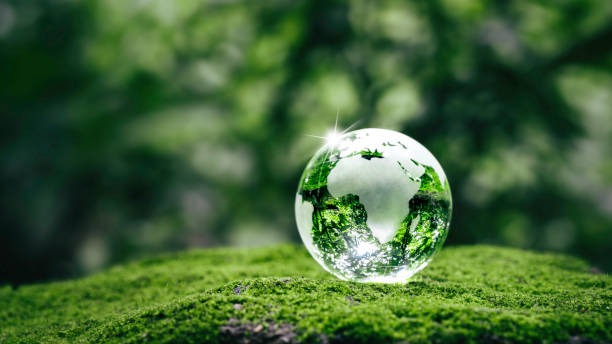

Day 7: Make It Stick
At the end of your waste-free challenge, take a moment to reflect on what worked and what didn’t. Maybe carrying a reusable water bottle became second nature, but remembering your own grocery bags was harder than you expected. That’s totally okay! The point isn’t to get everything perfect, it’s to figure out which changes fit naturally into your life and which ones might need a little more practice or a different approach.
Celebrate the progress you’ve made, no matter how small it feels. Every step toward less waste is a win! Now that you know what works for you, you can create your own plan to keep going. Maybe you’ll commit to composting every week, shopping secondhand more often, or trying one new low-waste habit each month. Whatever you decide, the most important thing is to keep moving forward and to feel good about the difference you’re making.
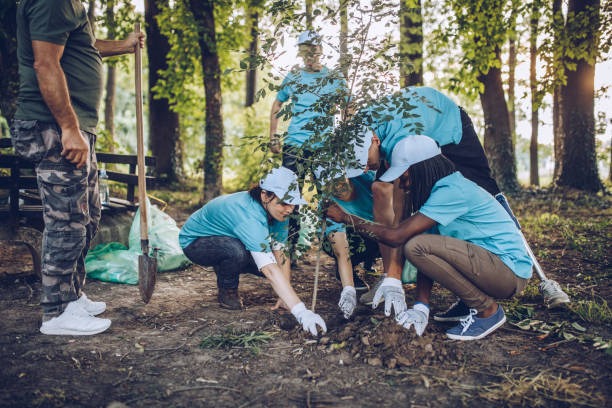

Bonus Tips for Long-Term Success
You don’t have to go zero-waste alone, there’s a whole community out there doing it with you! Finding others who care about sustainability can be super motivating. Look for local zero-waste groups, community clean-ups, or sustainability clubs at work or school. Online communities, like Reddit groups or Instagram pages, are also full of ideas, support, and inspiration. Surrounding yourself with like-minded people helps you stay on track and reminds you that even small actions matter.
There are also tons of helpful apps and resources that make low-waste living way easier. Apps like Refill help you find places to fill your water bottle for free, and Too Good To Go lets you rescue leftover food from local restaurants before it gets tossed. Some cities have apps or websites that show where you can compost or recycle specific items. These tools are great for learning, saving money, and making sustainable choices without the guesswork.
One of the best ways to stick with a waste-free lifestyle is to set small, doable goals each month. Maybe one month you focus on reducing food waste, and the next you try switching to plastic-free personal care products. Breaking it down keeps it fun and manageable, instead of overwhelming. As you go, these mini goals turn into long-term habits and before you know it, you’re living a lifestyle that’s not only lower in waste but full of intention.
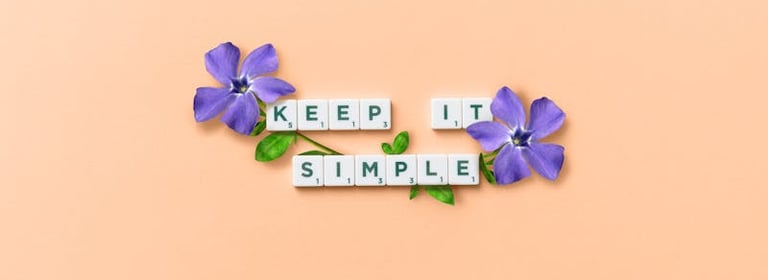

Less Waste, More Life
Living with less waste isn’t just good for the planet, it’s good for you, too. It brings a sense of simplicity and clarity, helping you focus more on what really matters and less on clutter or constant consumption. You might even notice you’re spending less money, eating more mindfully, or feeling more connected to your values. Choosing a waste-free lifestyle isn’t about sacrifice, it’s about finding more meaning in the way you live, shop, and care for the world around you.
Here’s something important to remember: you don’t have to do everything to make a difference, just do something. Every reusable bag, every composted apple core, every item you don’t throw away is a step in the right direction. So don’t stress about being perfect. Just start where you are, and build from there.
Ready to get started? Try the Waste-Free Challenge and see how it feels to live with less and love it more. Share your experience, what worked, what surprised you, what inspired you and invite a friend to join you by sharing this link. The more of us who take these small steps, the bigger the impact we’ll make together!
© 2025 Salo Content Writing LLC, all rights reserved
Join the Movement for a Healthier Planet! 🌿
Subscribe now and get your FREE Sustainable Living Checklist! Plus, enjoy weekly articles and delicious plant-based recipes straight to your inbox. Let’s make sustainable living simple and inspiring, one email at a time! 💚✨
